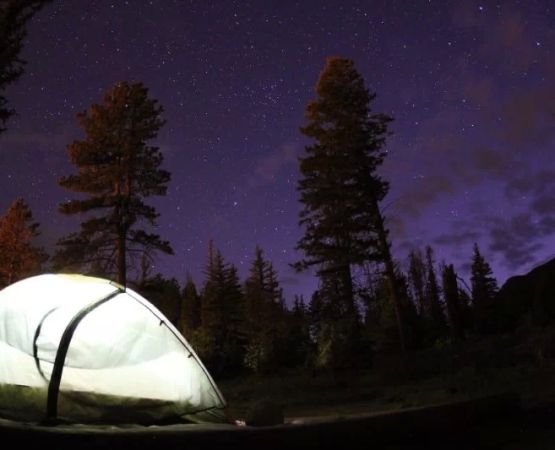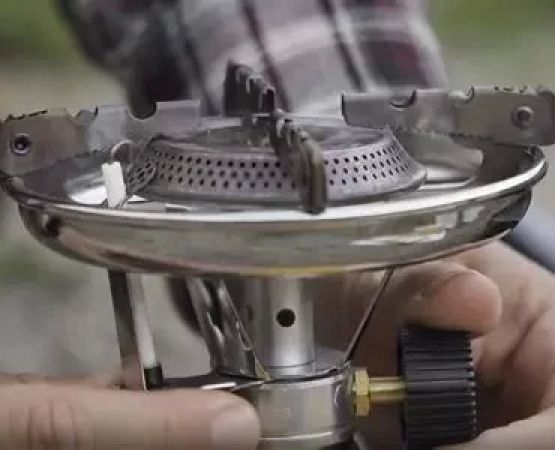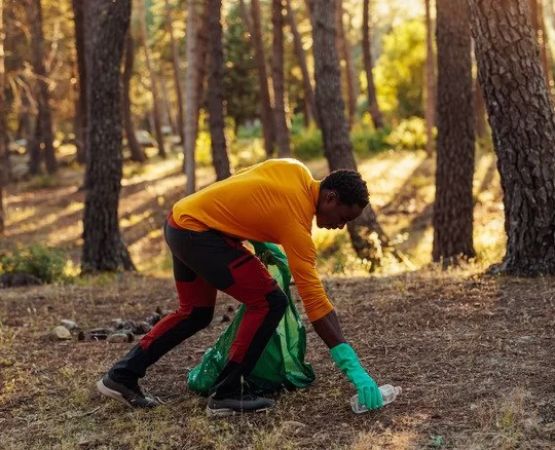How to Get a Camping Permit for National Parks: A Complete Guide for Adventurers
As an avid camper, I’ve spent countless nights under the stars in some of the most breathtaking national parks in the U.S. But let me tell you, securing a camping permit for these iconic locations isn’t always as simple as packing your gear and hitting the trail. It requires careful planning, research, and sometimes a bit of luck. In this article, I’ll share my firsthand experiences on how to successfully navigate the process of obtaining a camping permit for national parks, so you can have a stress-free and unforgettable adventure.
- Why Camping Permits Are Necessary
- When to Apply for Camping Permits
- How to Book Your Camping Permit
- Top National Parks Requiring Camping Permits
- Tips for Successful Camping Permit Applications
1. Why Camping Permits Are Necessary
National parks are some of the most popular and scenic outdoor destinations in the world. They attract millions of visitors every year, and for good reason—who wouldn’t want to sleep under the stars with a panoramic view of majestic mountains, crystal-clear lakes, or ancient forests? However, with the popularity of these parks comes the need for regulation to ensure that natural habitats are protected and that overcrowding doesn’t detract from the wilderness experience.
Camping permits help manage the number of visitors at popular campgrounds and backcountry sites. When I first set out to camp in Yellowstone, I was surprised by how necessary the permit system was to preserve the area’s pristine conditions. Without these regulations, the park could easily be overwhelmed by an influx of visitors, leading to environmental degradation and a diminished camping experience.
2. When to Apply for Camping Permits
Timing is key when it comes to securing a camping permit for national parks. Many of the most sought-after parks, like Yosemite, Zion, and Grand Canyon, require reservations months in advance. Based on my experience, I learned that it’s best to apply as early as possible to increase your chances of snagging a spot at your desired campground or backcountry site.
For popular parks, you’ll want to start planning at least six months ahead. For instance, if you’re aiming to camp in Yellowstone during peak summer season, you’ll need to submit your application early in the year—usually around January or February. Some parks, like Glacier National Park, offer seasonal lotteries for certain campsites, so be sure to check the specific guidelines for each destination.
Don’t forget about the shoulder seasons! If you’re not picky about the time of year, you might find more availability in the fall or spring. I personally love visiting national parks during off-peak months, as it’s easier to book a campsite and the parks tend to be less crowded.
3. How to Book Your Camping Permit
Now comes the fun part—actually securing your camping permit! There are a few ways to book, depending on the park:
3.1 Reserve Through Recreation.gov
One of the easiest and most common ways to book a camping permit for national parks is through Recreation.gov. This is the federal portal for booking permits at many U.S. national parks and campgrounds. I’ve used this platform multiple times, and I highly recommend it. You can easily browse available campsites, select your dates, and make a reservation with just a few clicks. The site is user-friendly and provides real-time availability for campsites and backcountry sites.
3.2 Visit the National Park's Official Website
Each national park has its own website, and many of them allow you to reserve camping spots directly. For instance, Yosemite and Yellowstone have their own systems for reserving campsites, in addition to the federal portals. Be sure to check the official websites for any specific requirements or additional information about permits.
3.3 Walk-Up Permits
If you’re feeling adventurous and prefer spontaneity, some parks offer walk-up permits. This means you can show up to the park and reserve a spot on the day of your arrival. Keep in mind, though, this can be risky, especially in popular parks during peak season. I once tried to get a walk-up permit for Zion, and while I was lucky, it was very stressful. Always have a backup plan if you decide to go the walk-up route.
4. Top National Parks Requiring Camping Permits
Several national parks are known for their incredible landscapes and require camping permits for both front-country and backcountry sites. Here are a few of the most popular parks where I’ve camped and needed permits:
4.1 Yellowstone National Park
Yellowstone is one of the most iconic national parks in the U.S., known for its geothermal features and wildlife. The park has several campgrounds, but they fill up quickly during peak season. I camped in Yellowstone last summer and had to book my spot months in advance. It was well worth the effort for the amazing experience of waking up to the sounds of bison grazing outside my tent.
4.2 Yosemite National Park
Yosemite’s stunning granite cliffs and waterfalls attract thousands of campers every year. I was able to secure a spot in Yosemite’s North Pines Campground, but I had to plan months ahead and apply through Recreation.gov. If you're planning to backcountry camp, be prepared for a lottery system in some areas of the park.
4.3 Grand Canyon National Park
The Grand Canyon is another must-see for camping enthusiasts. Whether you’re camping on the rim or in the backcountry, you’ll need to secure a permit. I’ve camped both on the rim and at the bottom of the canyon, and both experiences were unforgettable. I always recommend reserving early, especially for those wanting to camp at Phantom Ranch!
5. Tips for Successful Camping Permit Applications
Having gone through the camping permit process several times, here are a few tips that helped me secure spots in even the most popular parks:
5.1 Apply Early
As mentioned earlier, the earlier you apply, the better your chances. Don’t wait until the last minute—especially for peak seasons. I always set reminders and try to apply the moment reservations open.
5.2 Be Flexible with Dates
If your dates are flexible, you have a better shot at securing a spot. I’ve found that adjusting my travel dates by just a few days has made a huge difference in availability.
5.3 Have a Backup Plan
Sometimes, despite all your efforts, you might not get the campground you wanted. That’s why I always have a backup plan—whether it’s a nearby park, a different campground in the same park, or a dispersed camping option. The beauty of national parks is that there are usually multiple options available.
Finally, always check for any park-specific rules or seasonal restrictions. This will help ensure you don’t miss out on any crucial details that could impact your trip.
If you’re ready to explore the great outdoors and secure your camping spot in a national park, don’t wait! Start planning your next adventure today. For more tips, check out Pine Cliff Resort for expert advice and accommodations!






